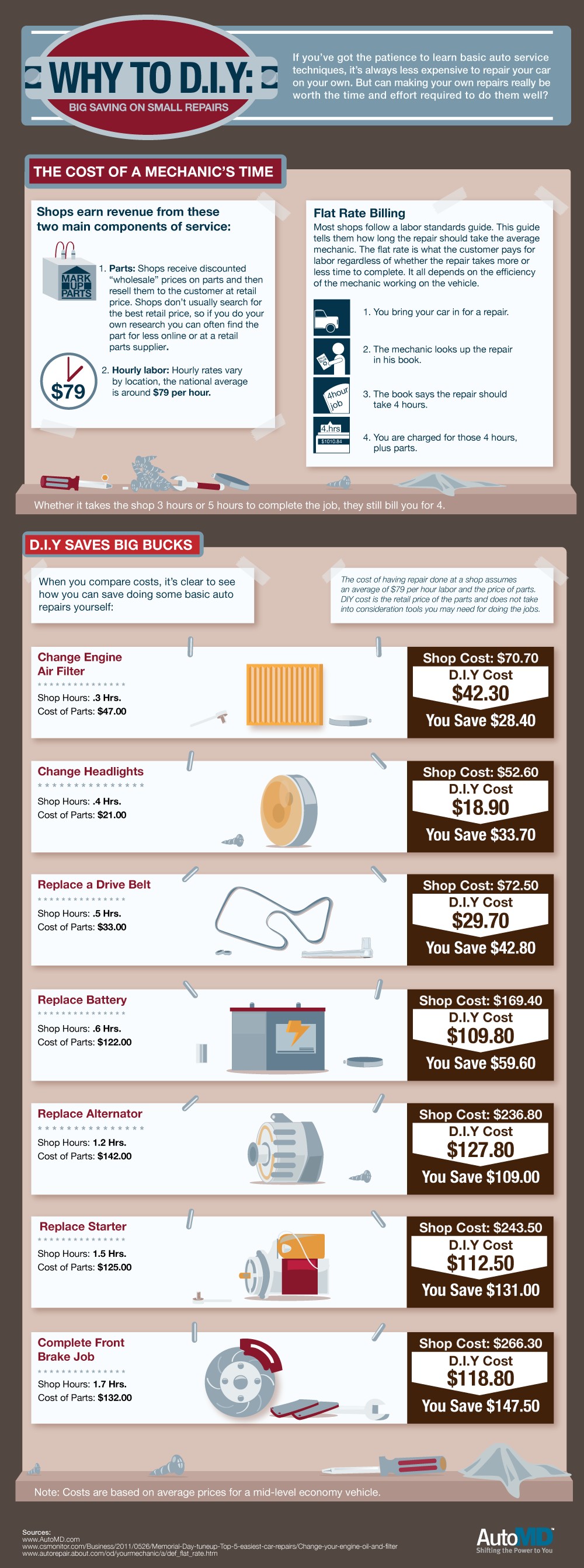Deciphering Your Vehicle'S Warning Indicators: What They Genuinely Symbolize
Deciphering Your Vehicle'S Warning Indicators: What They Genuinely Symbolize
Blog Article
Content By-Hartley Dalgaard
When you lag the wheel, those beautiful caution lights on your control panel can be a bit difficult. Do you recognize what they're attempting to tell you about your automobile's wellness? Recognizing the significance of these lights is important for your security and the long life of your car. So, the next time among those lights turns up, wouldn't you intend to decode its message precisely and take the necessary steps to address it?
Common Caution Lighting and Interpretations
Identify typical caution lights in your vehicle and recognize their significances to make certain risk-free driving.
One of the most common caution lights consist of the check engine light, which indicates issues with the engine or emissions system. If this light begins, it's critical to have your automobile examined without delay.
The oil pressure cautioning light suggests low oil pressure, calling for instant attention to avoid engine damages.
A blinking battery light might suggest a defective charging system, potentially leaving you stranded otherwise dealt with.
The tire stress monitoring system (TPMS) light informs you to reduced tire stress, affecting car security and fuel efficiency. Ignoring this can bring about dangerous driving problems.
The ABS light suggests a trouble with the anti-lock stopping system, compromising your ability to quit quickly in emergencies.
Finally, the coolant temperature warning light warns of engine getting too hot, which can result in extreme damage if not fixed quickly.
Comprehending these common caution lights will certainly help you resolve concerns without delay and preserve secure driving problems.
Value of Prompt Interest
Understanding the common caution lights in your car is only the primary step; the relevance of quickly resolving these warnings can't be emphasized sufficient to guarantee your safety when driving.
When https://ecu-tuning-near-me94838.blogsvila.com/31399982/personal-account-revitalizing-my-aging-car-with-a-weekend-break-outlining-initiative brightens on your control panel, it's your car's means of communicating a prospective problem that requires focus. Disregarding these cautions can result in more severe issues down the road, jeopardizing your security and possibly costing you much more in repairs.
Trigger interest to advising lights can prevent malfunctions and accidents. For example, a blinking check engine light can indicate a misfire that, if left unattended, could create damage to the catalytic converter. Resolving this quickly can save you from a costly fixing.
Similarly, a brake system cautioning light could signify low brake liquid or worn brake pads, essential elements for your safety when driving.
DIY Troubleshooting Tips
If you observe a warning light on your control panel, there are a couple of do it yourself repairing tips you can try before looking for expert aid.
The initial step is to consult your vehicle's handbook to understand what the certain caution light shows. Sometimes the issue can be as straightforward as a loosened gas cap causing the check engine light. Tightening up the gas cap may deal with the issue.
One more usual problem is a low battery, which can trigger various alerting lights. Examining the battery connections for rust and ensuring they're safe and secure might repair the problem.
If a warning light lingers, you can try resetting it by detaching the car's battery for a few mins and afterwards reconnecting it. Furthermore, inspecting Read Homepage , such as oil, coolant, and brake fluid, can aid repair cautioning lights associated with these systems.
Final thought
To conclude, recognizing your cars and truck's caution lights is crucial for keeping your car running smoothly and securely. By quickly addressing these signals and understanding what they imply, you can stay clear of costly repairs and possible failures.
Keep in detailingnz to consult your car's handbook for particular information on each alerting light and do something about it as necessary to ensure a hassle-free driving experience.
Keep informed, remain secure on the road!
